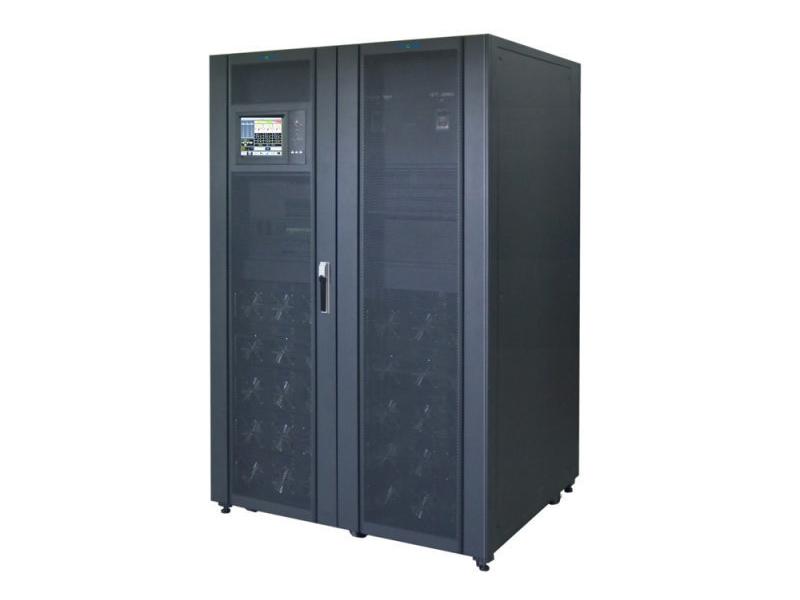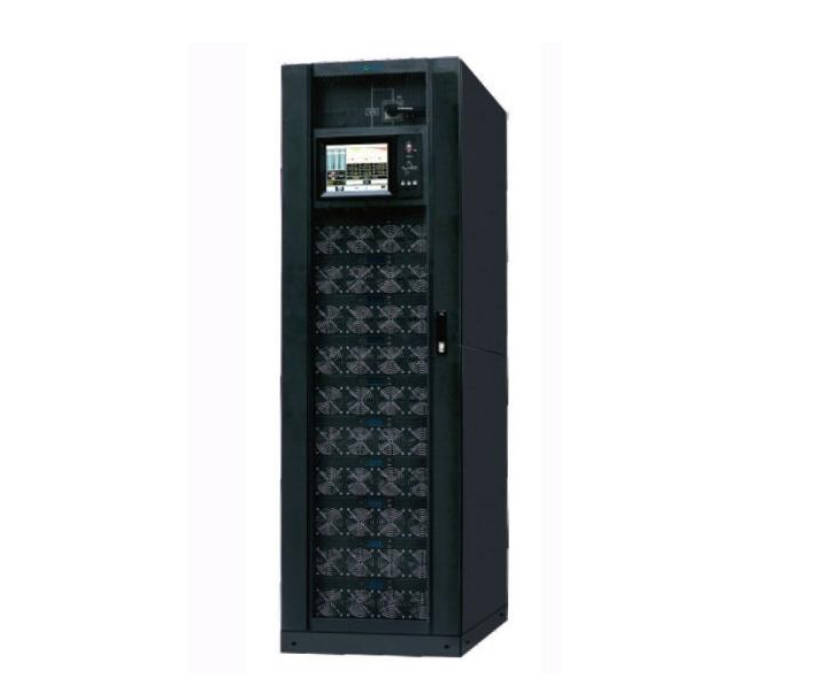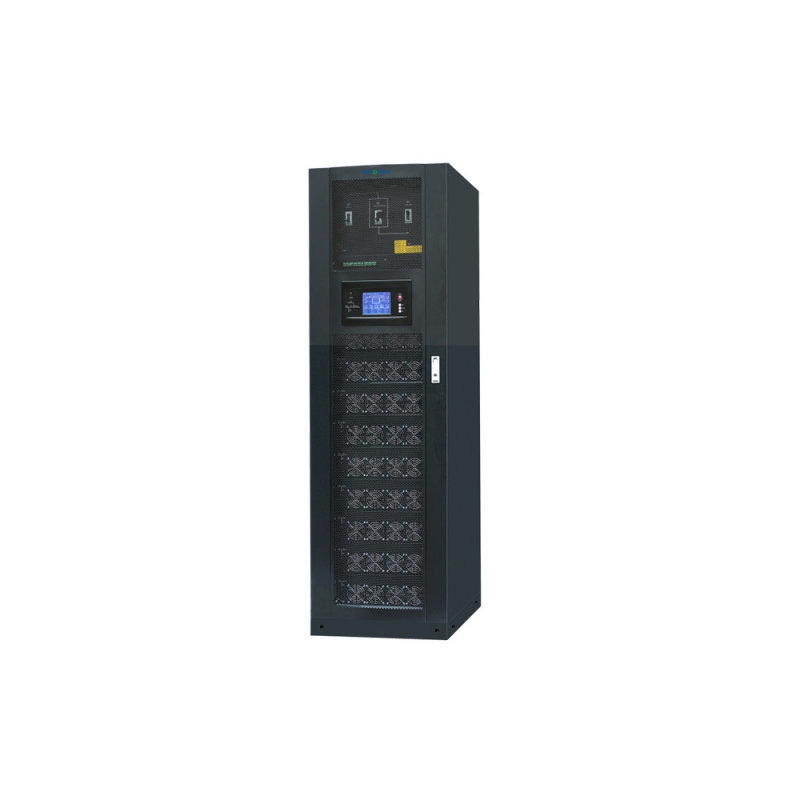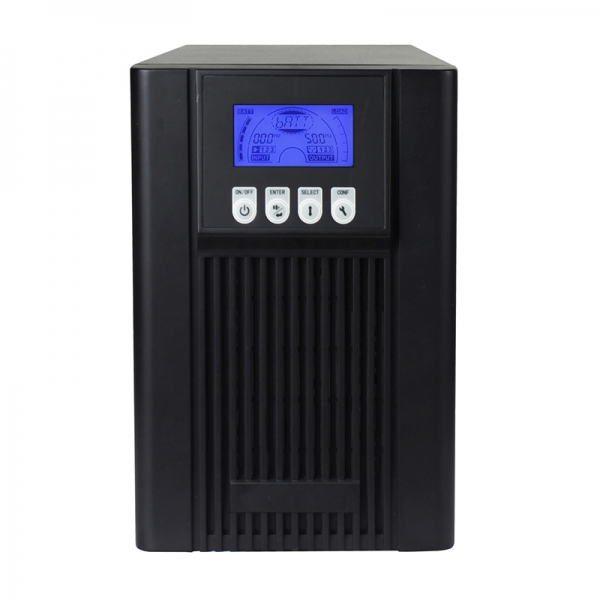

Uninterruptible Power Supply (UPS) systems are vital for providing steady power to critical setups like data centers, hospitals, and banks. As technology advances, UPS designs have evolved. Two common types today are modular UPS and traditional (also called monolithic or conventional) UPS. Knowing their differences helps businesses improve performance, growth potential, and cost savings.
Expansion Options for Modular Units
Modular UPS systems are built for growth. They use multiple separate power units that can be added or removed as needed. For example, the 93M Series Modular Online UPS 25-600kVA supports setups from 30kVA to 900kVA with up to 30 power units working together. This design lets businesses expand their power setup step-by-step without overbuying at the start.
Each power unit has its own LCD screen. This shows users real-time status and alerts. It makes control and monitoring of each unit easier.
Limits of Fixed-Capacity Traditional Systems
Traditional UPS systems are single, large units with set capacity. If more power is needed, the whole system often needs replacing or adding another large unit. This increases costs and takes up more space. Unlike modular systems, expanding a traditional UPS is complex and may cause downtime.
Hot-Swappable Units in Modular UPS
A major benefit of modular UPS systems is hot-swappability. The 92M Series Modular Online UPS supports up to 20 power units working together, which can be swapped without shutting down. This allows maintenance or replacements while keeping the system running. It’s crucial for critical operations.
Service Disruptions in Traditional UPS Maintenance
On the other hand, traditional UPS units often need full shutdowns for repairs or maintenance. This can interrupt operations and raise the risk of losses from downtime. Also, servicing these large systems takes longer and involves more complex steps than modular systems.

Rack-Based Design in Modular Systems
Modular UPS systems save space with their rack-based design. For example, the 93M Series has a footprint of just 0.66m² for a 300kVA system. It delivers high power density at 409kW/m². This compact size is perfect for places with limited space, like modern data centers.
Space Challenges of Traditional Units
Traditional UPS systems are larger due to their all-in-one design and big components like transformers. They often need dedicated rooms or more floor space. This can be a problem for organizations with limited space.
Flexible Load Sharing in Modular Systems
Modular UPS systems manage loads smartly across active units. A Smart Sleep feature lets some power units rest when demand is low. This boosts energy efficiency by cutting unnecessary power use. It also extends the life of units by sharing workloads.
Rotating power units keeps performance high under different load conditions.
Fixed Load Handling in Traditional Designs
Traditional UPS systems don’t adapt as well. Their load distribution is fixed. This can lead to wasted energy during low demand or risks of overloading during peak times if not sized correctly from the start. As a result, energy efficiency is often lower than modular systems.

A modular UPS system includes several key parts that work together smoothly:
· Power Units: These are the main parts that convert AC to DC (and back) using double conversion technology.
· Control Unit: Handles communication between all units and manages operations.
· Battery Packs: Supply backup power during outages. Battery setups vary from 32 to 44 cells per unit, depending on the model.
· Static Bypass Switch: Keeps power flowing by redirecting loads during internal issues.
· LCD Display Interfaces: Each unit may have its own LCD screen showing real-time status updates.
· Communication Interfaces: Support protocols like RS232, RS485, USB, SNMP, AS400 for remote monitoring and control.
· Cooling Systems: Smart fan controls adjust temperature based on unit activity.
· Charger Units: Each unit has its own charger that smartly manages battery charging for longer battery life.
These parts work in a flexible setup that supports redundancy (N+X), growth, and high reliability—key benefits over traditional designs.

For businesses looking for dependable, scalable, and efficient backup power, ZLPOWER offers top-quality modular UPS systems solutions suited for various needs—from server rooms to industrial sites.
Founded in 2007, ZLPOWER is a national high-tech company focused on researching, developing, producing, and selling UPS power solutions. With advanced equipment and a focus on innovation, backed by ISO9001/ISO14001 certifications, ZLPOWER provides trusted products used worldwide in fields like finance, telecom, healthcare, defense, public safety, and transportation.
Our goal: Quality ensures survival, innovation drives growth. Choose ZLPOWER’s modular UPS solutions, like the 95M Series Modular Online UPS, offering up to 1500kVA with smart sleep features and high-efficiency double conversion technology reaching up to 96%. This ensures your critical operations stay online while saving energy.
Power your setup with smarter backup—check out ZLPOWER’s modular UPS range today!
A: Traditional UPS systems are single, large boxes. They have a set power amount you can‘t easily change. Getting more power often means replacing the whole system. Or you might need to add another separate unit. That means they‘re not as adaptable as modular systems.
A: Yes. Modular UPS systems fit into racks. They are compact. For example, the 93M Series only needs 0.66m² of floor space for a 300kVA setup. Traditional systems take up more room. They often need special rooms or just more floor space.
A: Modular UPS systems let you swap parts while the system‘s running. You don‘t need to shut it down for repairs or service. For instance, with the 92M Series, you can swap out up to 20 units. Your operations keep running smoothly.
A: Yes. Traditional UPS systems usually need a full power-down for fixes or upkeep. This interrupts your work. It also raises the chance of losing money because things stop running.
A: Yes. Modular systems share the load intelligently. Features like Smart Sleep let some units rest when demand is light. This saves energy. Traditional systems share the load in a fixed way. This can waste power. Or it might put too much strain on the system.